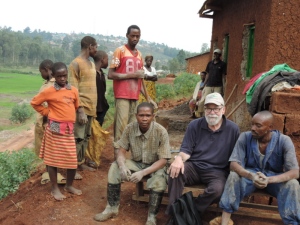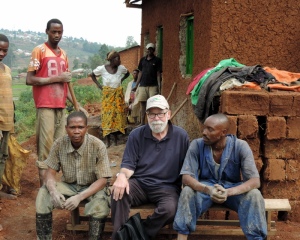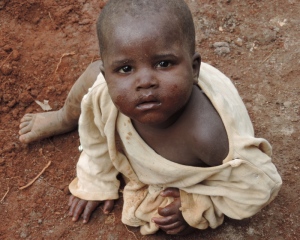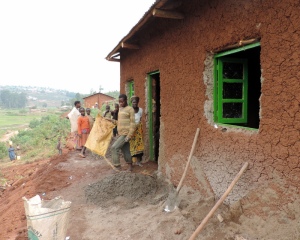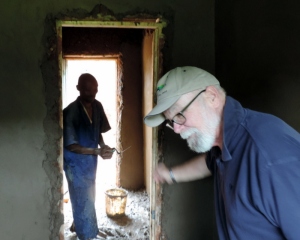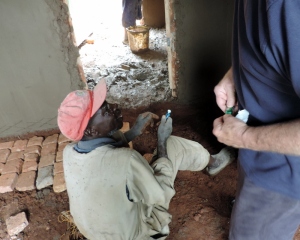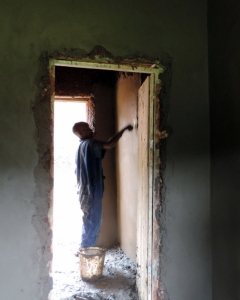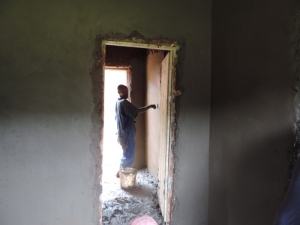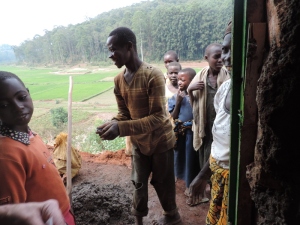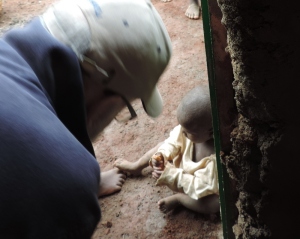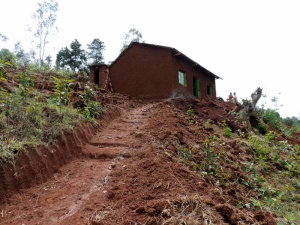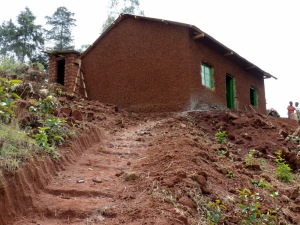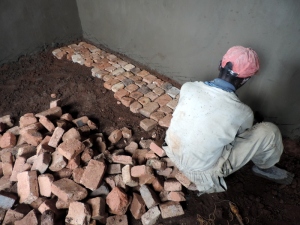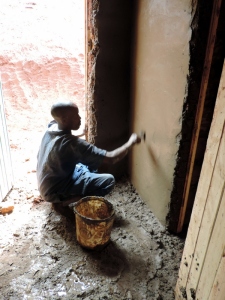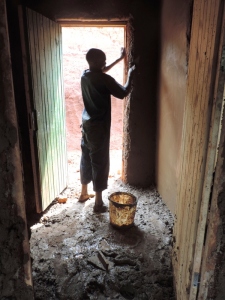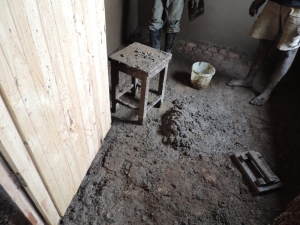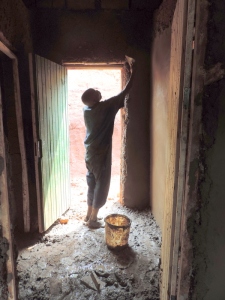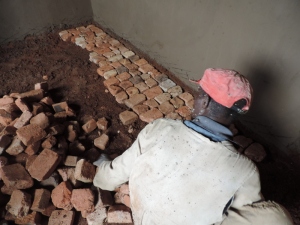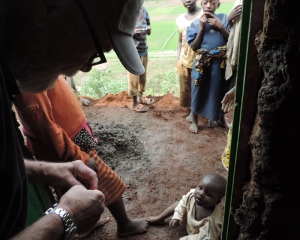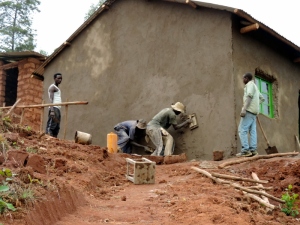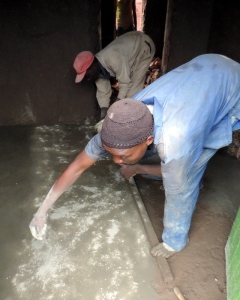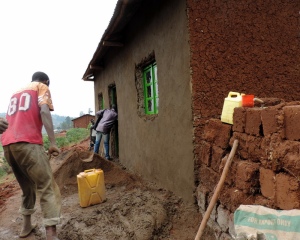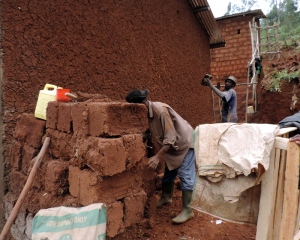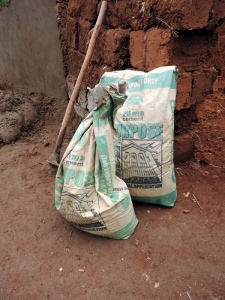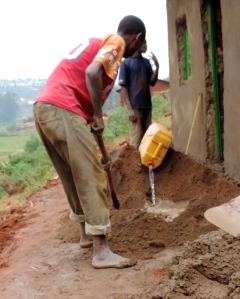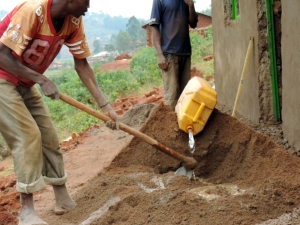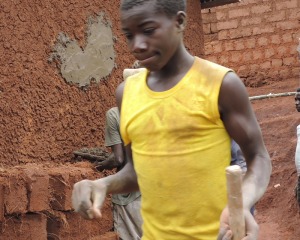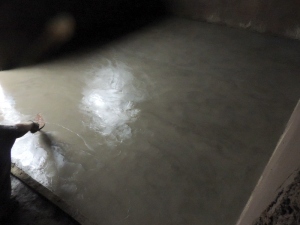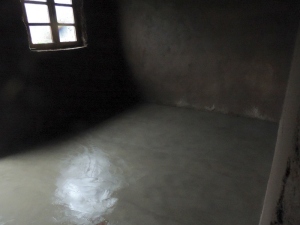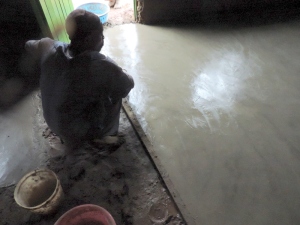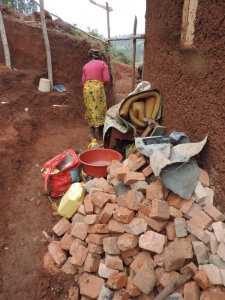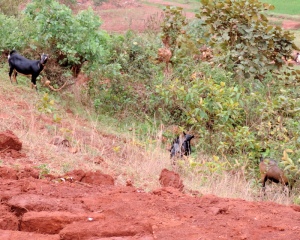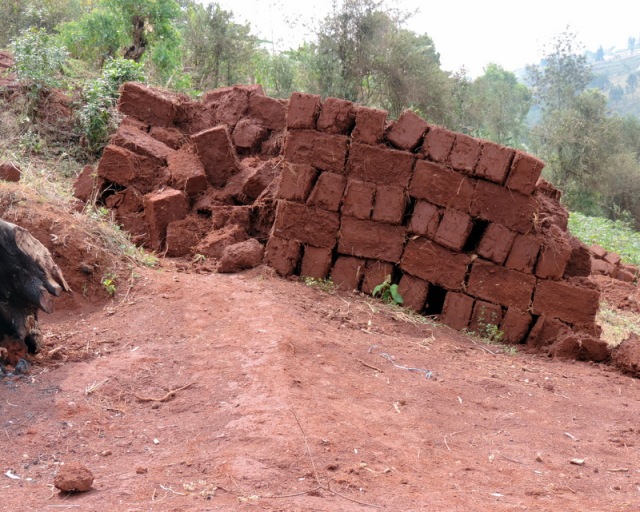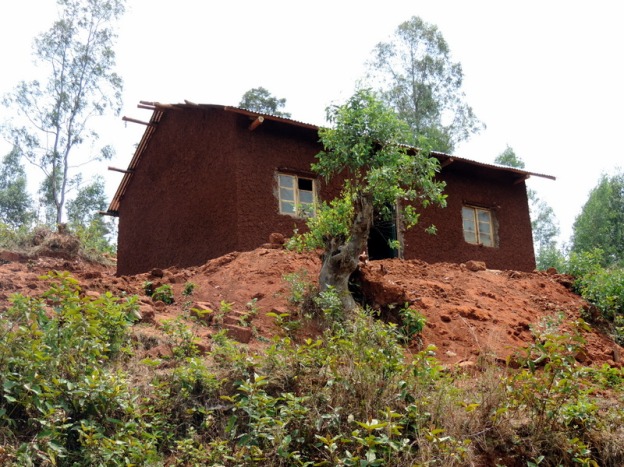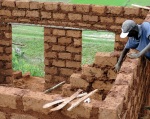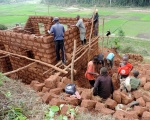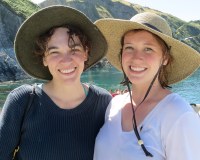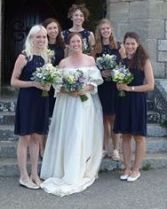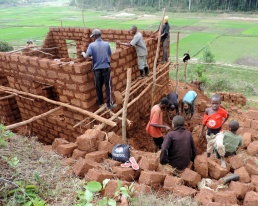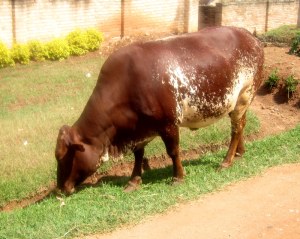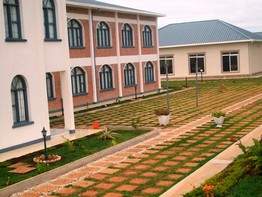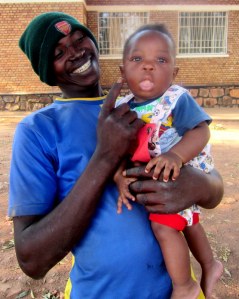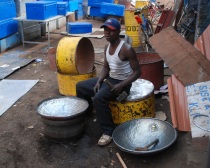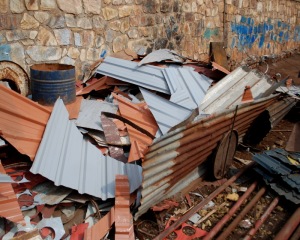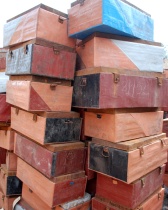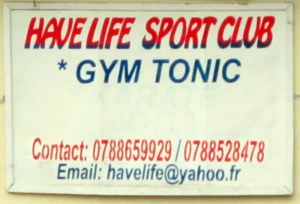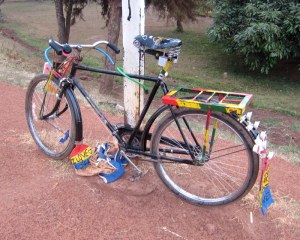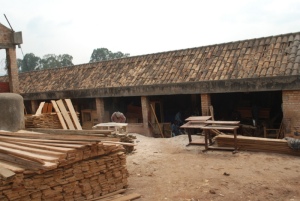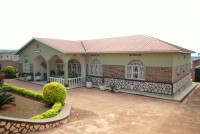Two months have passed and I’m sitting in the lounge at the Hotel Serena drinking a decent cappuccino while Nancy is preparing for New York City by having a two hour spa facial and sports massage. We started the morning with a spectacular Serena breakfast buffet while meeting with the academic director of the OB/GYN program here in Kigali. Nancy then went to the gym and the crystal blue, doubly water-purified pool while I finished packing. We arrive back in New York City noon on Sunday and around 8 o’clock on Monday, Nancy reports back to work. That’s why it seemed appropriate to spend our last day in the five star, number one hotel here in the capital. Yesterday, when we arrived, however, we had a difficult time making it to the hotel, because the Rwandan President, Paul Kagame was here for the “Smart IT “conference; his security platoon had closed all the streets in the area. The contrast to Butare, where we have spent the last 2 months, and the US is overwhelming. This is Rwanda, where a full-time, 12-hour-a-day housekeeper/cook/ laundress is paid $50 a month (19 cents an hour) by a well-off Rwandan , $100 a month (39 cents) by a generous American, and where a mid-level administrator, working for a government program, makes $700 a month ($3.50 per hour). I was discussing pay scales with a newly arrived US doctor, here for 2 months and being paid by his practice group on the east coast. He thought he shouldn’t pay more than $35 monthly because that’s what the Rwandans paid their help. I pointed out that he was being paid more per hour than he intended to pay all three of his employees in a month.
The point of all this is quite simple, Hotel Serena, at $470 a night with dinner at $75 for 2 (with 2 glasses of wine), with all the services that you would expect from a five-star hotel, is the perfect transition to 20 hours from now when we will be back in Manhattan. This is really quite a hotel, owned by the Kenyans and part of a chain of 32 high-end hotels and safari camps here in East Africa and in Southern Asia, Our hotel caters to wealthy African businessmen (who pay the special corporate rate) and 30-something adventurers, mostly guys who are stopping here before going to see the gorillas. They have probably seen the Serengeti, they may even have tented in South Africa, but they are easily identifiable. For some reason, they think that wearing printed T-shirts and Bermuda shorts with flip-flops is how to dress for dinner. The wonder is that the safaris they have booked range in price from $6000-$12,000 a person. If I had that kind of money to travel, I think I might don a dinner jacket… oh wait, that was the last century or maybe even the turn of the one before!
So I sit here in the lounge, while Nancy is being pampered, watching the afternoon sky turn gray. When I started writing this, it was so hot and sunny that I chose to sit inside, but now it’s obvious that the torrential rains will begin again, and last till 7 or 8 o’clock… it is rainy season, you know. If asked to summarize Rwanda, I would have to say that it is an impossible situation, waiting for—and strongly believing in—miracles.It is simplistic to say that there are too many people and not enough resources to produce any kind of respectable GNP. Skyscrapers and shopping complexes rise in Kigali, government buildings are everywhere…it looks like a medium-sized American city downtown, but in the immediately surrounding areas, there are mud-brick houses, pit toilets and children carrying yellow jerry cans of water from nearby wells (still, better than the rural areas where wells are few and muddy streams supply the water source). This is a country that has decided that IT is part of the answer, but whose Internet is a 3.5 G or 3.75 G cellular network …a country that is rolling out 4.0LTE, but only in limited areas and at an unimaginably high price for the average citizen ($200 a month), a country that is excited by Korean fiber optics—but whose electric power is unreliable in the big cities and even more limited in most rural areas. Read the English-language newspapers and follow the reports of the commissions and conferences on medicine and IT and infrastructure development, and you’ll hear all the right things being said. Remember the visits and dreams of Howard Buffett, (Warren’s son), Bill Gates and Bill Clinton were all scaled back because of the realities in Rwanda. Read the shocking story of the entrepreneur who developed the UTC, a shopping complex of 80 businesses, as reported by the PR Newswire: On 13 Jan 2014 UTC ceased to exist as private enterprise. The USD20million shopping mall was henceforth seized by government without compensation and without due legal process. Government’s Commission of the Abandoned Properties took direct control by installing its own managing director. Government justifies this nationalisation without compensation with claims that UTC is ‘an abandoned property’ because the company’s shareholder resides outside Rwanda. But shareholders of most leading companies in Rwanda, including BRALIRWA (Rwanda major brewer and bottler), MTN (largest cellular and internet provider), and Kenya Commercial Bank live outside Rwanda. The real motivation for illegal seizure of UTC therefore remains mysterious and troubling for a country that has invested heavily in its reputation as serious investment destination.
Rwandan who become your friends will not talk about the problems—there are no problems… we are left to wait to see if the constitution is changed under the new Senate president so that the president is able to run for another term.
..

